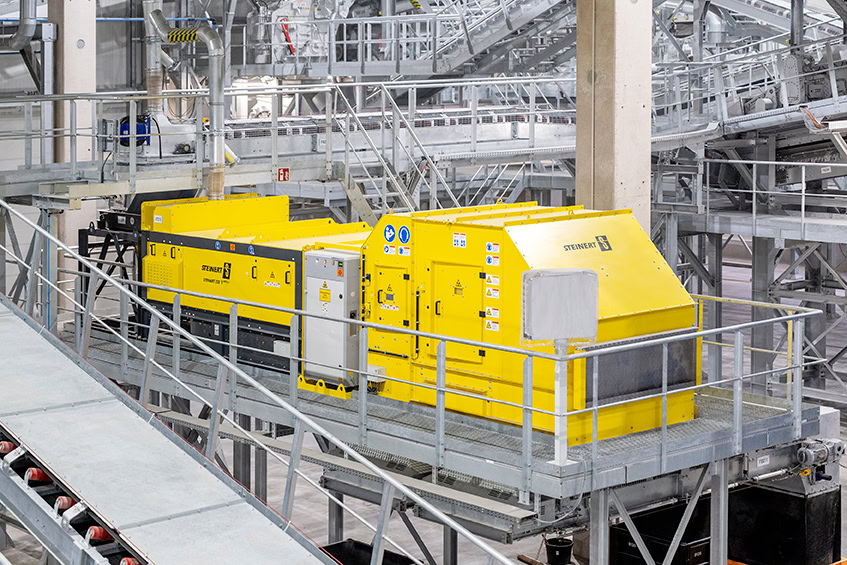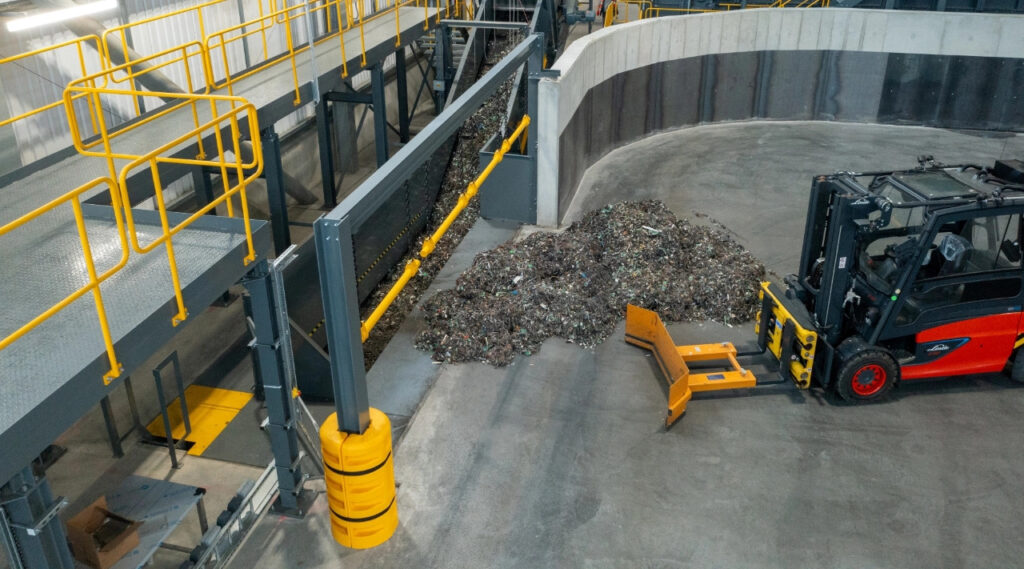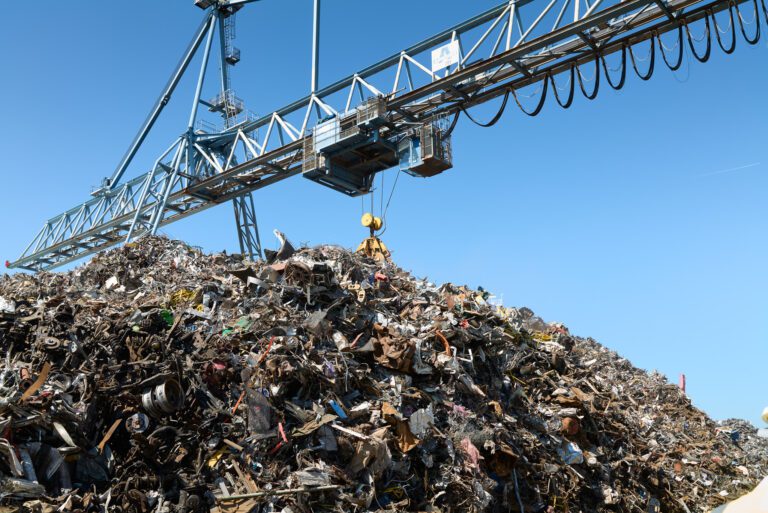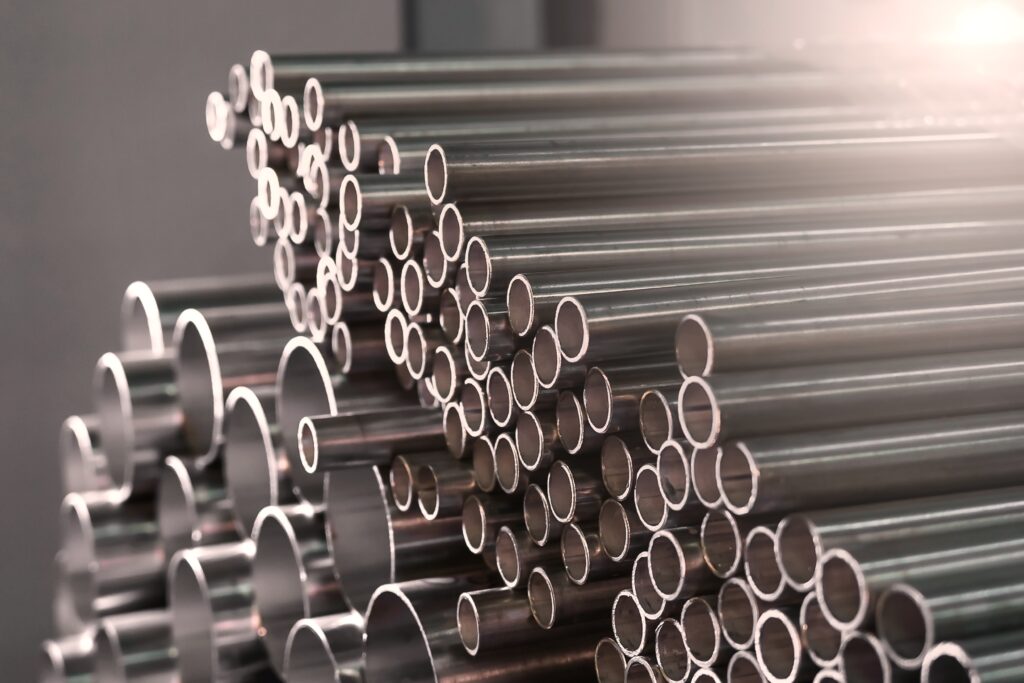Commissioned at the end of 2024, the Magdeburg facility currently processes around 60,000 tonnes of non-ferrous metals each year. With a full capacity of 90,000 tonnes annually, it is the largest operation of its kind in Germany.
When metal waste is incinerated, between 20% to 30% of the material remains as municipal solid waste incineration (MSWI) slag, also known as bottom ash.
This slag contains significant amounts of aluminium, copper, brass and stainless steel.
Managing Director André Hartl said the new plant’s goal is “to extract the maximum from the slag”.
Bottom ash sorting technology
Bottom ash presents specific challenges for recycling, including residual moisture and corrosive materials.
The recovery process at the Magdeburg plant relies on multi-stage separation using STEINERT technology.
In the first stage, current separators extract non-ferrous metals from the mineral fraction, producing a ZORBA mix for further refinement.
X-ray transmission technology (XRT) is applied to distinguish lighter metals such as aluminium and magnesium from heavier ones like copper, brass and zinc, based on their atomic density.
X-ray fluorescence (XRF) is then used to grade the heavy fraction by elemental composition. This enables clean separation into copper, brass, zinc and stainless steel – suitable for grain sizes down to 5 mm.
Hartl added: “We have been convinced of STEINERT technology for years. That’s why we rely on it in all our operations and will continue to do so in the future.
“Our engineering team tested our concept system on-site. We brought large quantities of our material to Cologne and tested it at real scale.
“Thanks to these insights, we were able to configure the system perfectly for our needs. It is exactly as it now stands here in Magdeburg.”









Subscribe for free